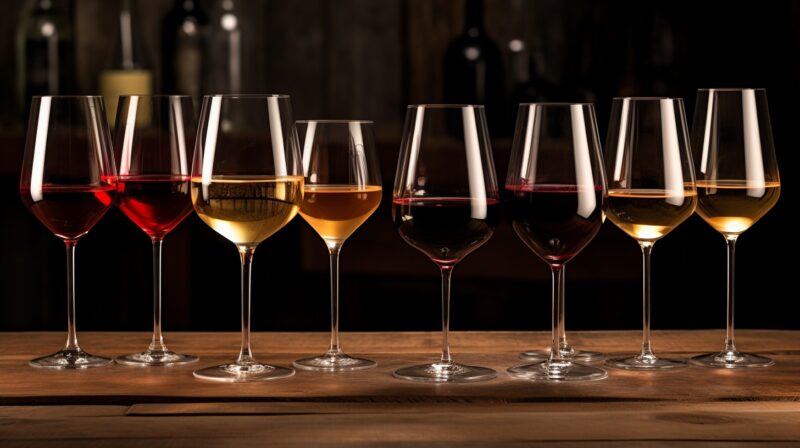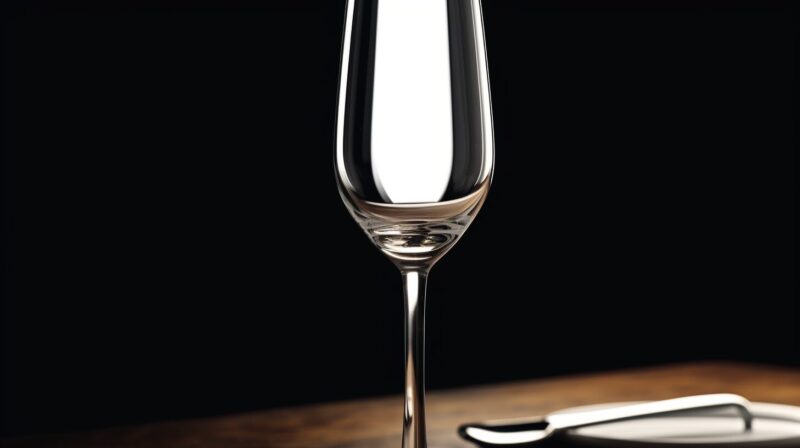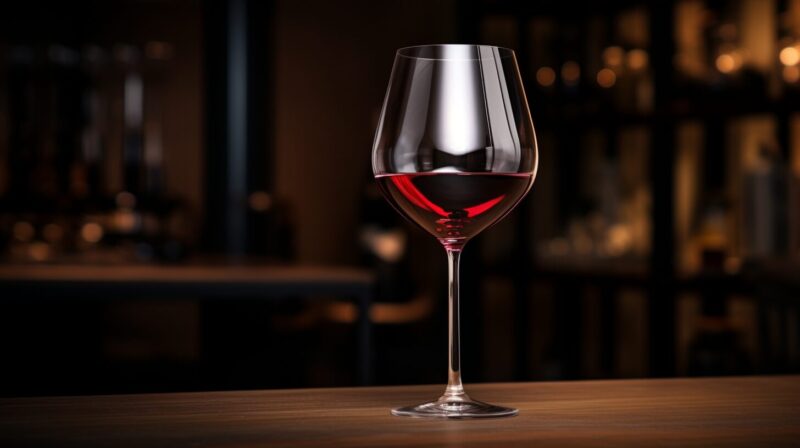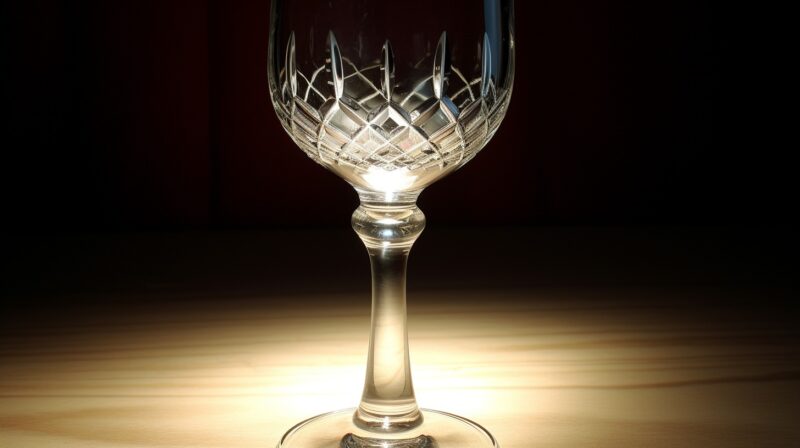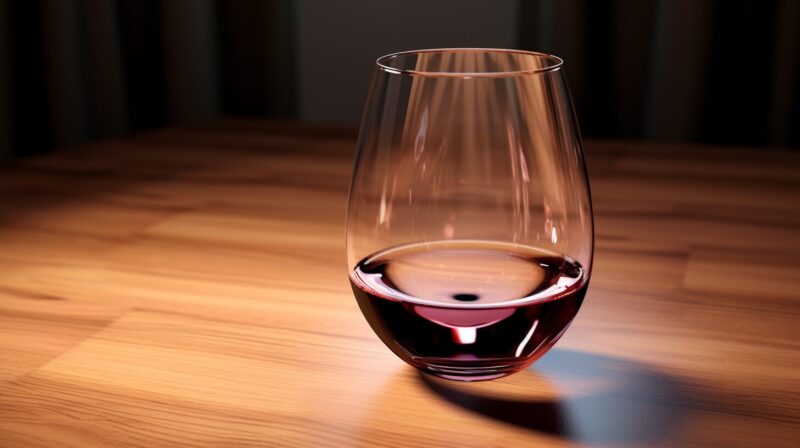So you know enough about wine to avoid a hick move like pairing chardonnay with a standing rib roast. You know a merlot from a cab from a riesling. You know you need to serve wine in a wine glass, not a margarita glass or a highball glass or, horrors, a Solo cup.
But this is wine we’re talking about, the fussiest of alcoholic beverages, so it’s not as simple as a wine glass. You have to serve it the right wine glass or the people in your wine o’clock book club will talk about you. “Oh my God, she served a red blend from a tulip glass! I bet she wears ZZ Top T-shirts to weddings, too.”
While we’re revealing some alcohol secrets, just as the right glass can elevate a wine’s character, the unique qualities of bourbon, especially its nuanced flavor influenced by Kentucky’s limestone-filtered water, are essential to appreciate its full complexity.
Luckily for you, we’re here to save you from being a rube with this handy dandy lesson in wine glasses. There’s a science to wine glassware, with each type engineered to maximize a wine’s flavor. Let’s go through the basic types and review the wine to serve in each, shall we? Also, be sure to review our slideshow featuring the different glass styles and shapes, so you can recognize them on sight. It’s linked at the bottom of this post for your convenience.
Key Takeaways
- Wine Glass Varieties: Different glasses are tailored for specific wines, enhancing the tasting experience.
- Glass Types: Standard for reds, Flute for sparkling, Pinot/Burgundy for delicate reds and Chardonnay, Hock for sweet whites, and Tumbler for casual settings.
- Temperature Control: Glass stems prevent warming the wine with body heat.
- Material Choices: Crystal for elegance but requires careful handling, glass for durability and ease of maintenance.
Glass Types
Standard
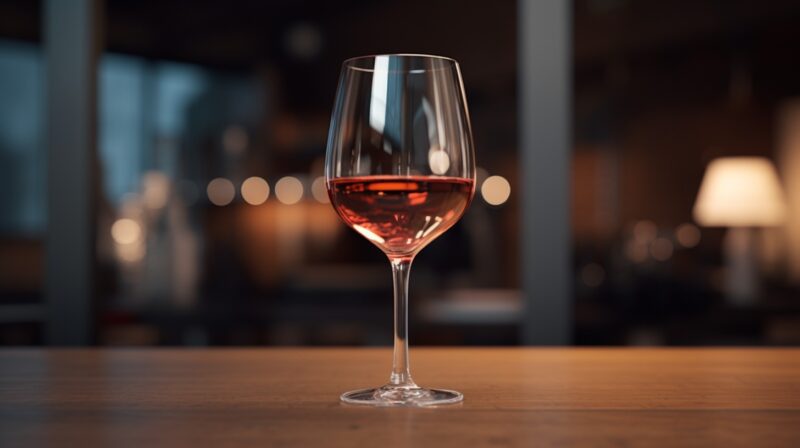
This is the one you probably have in your cabinet, because it’s what everyone thinks of when you say, “wine glass.” It has a wide bowl and a medium-length stem. Designed for serving red wine, as the wide bowl lets the drinker inhale those earthy red aromas and allows some of the alcohol to evaporate, giving it a smoother taste. There are actually different bowl shapes for every type of red wine, if you’re into that sort of glassware precision.
Note: There’s science behind the stems on wine glasses, too. Stems give you a way to hold the glass without touching the bowl and warming the wine with your body heat.
Flute
You may have this one, too. It’s tall and thin with a narrow, deep bowl and a long stem. It’s good for champagne, Asti, Prosecco and other carbonated wines, because the narrow opening keeps your sparkly wine from going as flat as a day-old Diet Coke.
Pinot/Burgundy
This is a shorter glass with a wide bowl, a shape that puts the wine on the tip of your tongue where you can taste more of the fruitiness of a wine and less of the acidity. A hybrid glass that’s good for delicate reds and chardonnay, the white grape of Burgundy, both of which are higher in acid.
Note for the summer: These glasses are perfect for Sangria!
Hock
Long-stemmed with a small bowl. “Hock” is an old-time word for German white wine, but you can use this glass for any young, sweet wine. It’s a model of wine glass engineering because its shape puts the wine on specific taste buds on your tongue, letting you taste its sweetness.
Note: Young wines have been in their bottle for just a year. They’re the elementary school kids of wine. Those 25-year-old reds you probably cannot afford are the grand dames of wine.
Tumbler
A sturdy glass that will hold up through many parties, since it doesn’t have a delicate stem to break. The bowl shape works for reds and whites. The bugaboo with a tumbler is that body heat from your hand will take the chill off the wine if you sip too slowly. To avoid the sadness of warm wine in this case, remind your guests to maintain a reasonable pace.
FAQs
Can the shape of a wine glass really affect the taste?
Yes, the shape of the glass can influence how wine aromas are concentrated and how the wine flows onto your palate.
Is it necessary to have different glasses for different types of wine?
While not essential, having specific glasses for different types of wine can enhance the tasting experience.
How do I choose between glass and crystal wine glasses?
Consider factors like budget, maintenance, and personal style. Crystal offers elegance but requires more care, while glass is more practical and budget-friendly.
Can I serve white wine in a standard red wine glass?
It’s possible, but white wine glasses are typically smaller to preserve the wine’s cooler temperature and delicate aromas.
How should I wash and store my wine glasses?
Crystal glasses should be hand-washed, while most glass wine glasses are dishwasher safe. Store them upright or hanging to prevent damage.
Do wine glasses with no stem affect the taste of wine?
Stemless glasses can warm the wine faster due to hand contact, which may slightly alter the taste, especially for white and sparkling wines.
Is there a difference in wine glasses for young and aged wines?
Yes, younger wines often benefit from glasses that enhance fruitiness and acidity, while aged wines are better in glasses that support their complex aromas and flavors.
Glass or Crystal?
There’s no right answer. Pick the one that best suits your lifestyle.
Crystal is heavier than glass. It can be spun into glasses with thin rims, desirable because they allow you to taste the wine instead of the glass. Crystal refracts light and looks elegant, the sort of thing you’d expect on the table of a Gilded Age robber baron. The downside: Crystal is expensive. Prices range from $30 to $120 per stem. Crystal glasses are high-maintenance. They must be hand-washed and dried, because dishwasher heat and detergent will make them cloudy.
Glass is thicker and more affordable than crystal, costing as little as $2 a stem. If you break it, no big deal. Run back to a discount store and buy more. Best of all, glass is dishwasher-safe. Our advice: Go with glass. The time you spend hand-washing that fancy crystal could be better spent drinking wine from cheap glasses. Party on.
